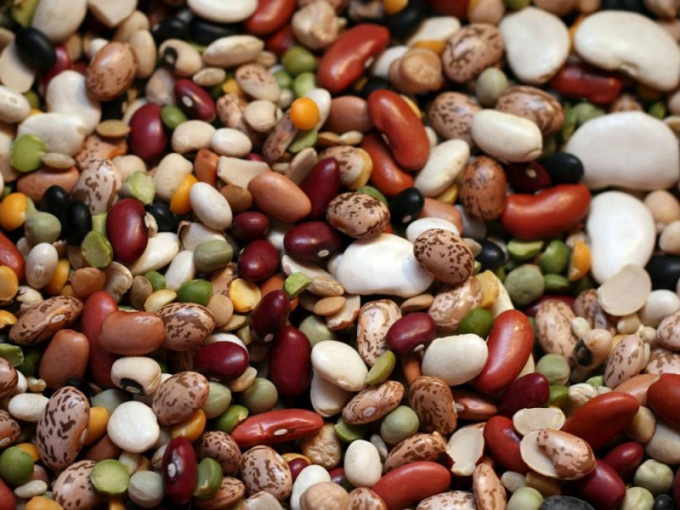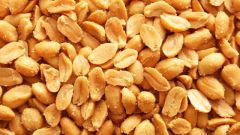Distinctive features of the legume family
The legume family consists of two forms: herbaceous and woody. Forms, in turn, are divided into three subfamilies according to the structure of the flower: mymonavie, caesalpinieae and legumes.
Caesalpinieae and mimoseae plants found only in warm climates, and legumes grow around the globe. These include widely known forage and vegetable crops: peas, beans, beans, soybeans, chickpeas, peanuts, alfalfa and clover.
All the representatives of the legumes have the distinctive structure of the fruit – pod. When ripe, the pod reveals one or two seams. Beans are very diverse in shape and size.
The leaves of most members of the legume complex: pinnate or palmate, located in pairs, from one to twenty pairs.
Feature of roots of legumes is the presence of tubers, which are colonies of nitrogen-fixing bacteria penetrating from the ground into the roots and causing the growth of the root system.
Nutritional value of legumes
The role of legumes in human life is very large. Since ancient times the representatives of the food legumes are an integral part of the diet of all peoples.
Nutritional value of legumes, due to their diverse composition: protein, lots of starch, some types of plants are in the fruit vegetable oil.
Peas contains up to 28% protein, lentils – 32%, soybean up to 40% of the total weight. These figures do legumes are a cheap substitute for meat food products. Soy and peanuts manufactured, get the vegetable oil.
Legumes are a source of b vitamins: B1, B2, B6, which have a positive effect on the heart. Fiber in foods has beneficial effects on the intestine and causes the saturation of the organism.
A very important advantage of legumes is they are not accumulating nitrates and toxic substances.
The role of legumes
Fodder, medicinal, technical, melliferous and ornamental crops, also play a very important role in human life. Of forage crops, the volume footprint, a clover - in the first place, then various kinds of alfalfa and camel thorn.
Valuable, and medicinal plants: Cassia (used as laxative), licorice root (raw material for medical industry).
Some tropical species are the source of valuable wood red and dark brown. Many types of legumes secrete gum, which is used in paint and textile industry.

